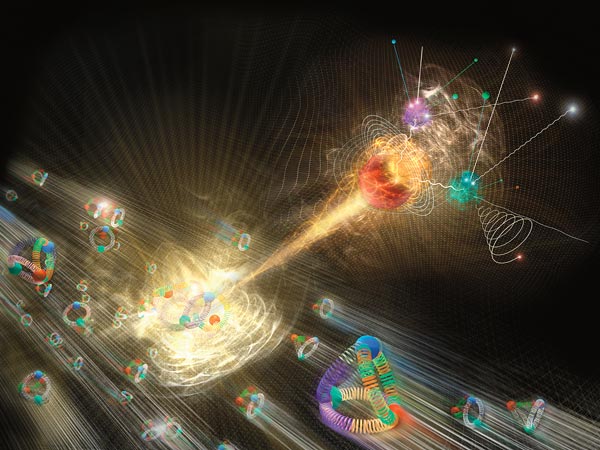Dogs in the wild: Thoughts on the domestication of our furry friends
This entry is published on Medium. You can find the entry here: https://medium.com/@alwinian/dogs-in-the-wild-b67e9ac95a2e A recent encounter with a bobcat while jogging had me thinking about how we must have domesticated our closest friends, dogs. While we can’t say for certain, deeper thinking about the circumstances can shift the probability in favor of one scenario over … Read more

